Austria 2022
Austria - The Alpine Paradise and Vienna's Calling
This year, I finally could find the time to visit my sister in Austria. After moving to Freiburg, I thought, it'll be much easier to travel to Vienna. But actually, it takes almost as long as from Göttingen or even a bit longer. Nevertheless, I had a few vacation days left, so I decided to spend a week in Austria with the opportunity to see my sister in Vienna. After work, I took my backpack and went to the Freiburg main station to catch my train. For my first destination Salzburg, I was supposed to arrive around 9 pm, but thanks to some cows on the track, there was a delay of three hours, so that I finally arrived in Salzburg around midnight.
I remember that I used to be in Salzburg on a school trip. But I couldn't remember any specific sights. So I just started to walk around, following the riverside of the Salzach. Then, I decided to climb the Mönchsberg to get a nice view over the city and the castle. I really enjoyed the nature around the Mönchsberg, which gave me some energy to continue the walk to the Hohensalzburg Fortress, which is enthroned high up on the fortress hill above the roofs of the baroque old town. The largest completely preserved castle in Central Europe, built by Archbishop Gebhard in 1077, is the landmark of Salzburg and attracts with a 360-degree view of the city and its surroundings. The tour around the fortress was very interesting and the view of the city was impressive - better than expected. One of the highlights inside the fortress was a sculpture called "Raveges of Time", which has been created from the stump and roots of a 350-year-old fortress lime tree.
Apart from the castle, the city itself was really beautiful. The entire built-up Old Town, the new town, Mülln, the Mönchsberg and the Kapuzinerberg were included in the UNESCO World Heritage List in 1996. Even if the Old Town isn't that big, it has many interesting and beautiful places and buildings to offer - for example the Birthplace of Wolfgang Amadeus Mozart or the "Café Mozart" in the central Getreidegasse. I also really liked the squares around the Baroque Cathedral with the huge chessboard on the ground and the Residenzplatz, a square which is enclosed by the Salzburg Cathedral to the south and the Alte Residenz to the west. To the east is the Neue Residenz, a Renaissance building erected in 1588 with its prominent bell tower and the Residenzbrunnen in the centre of the square.
Before I took the bus to Hallstatt, I also had the chance to have a short visit of the beautiful rose garden of the Mirabell Palace in Salzburg's right old town. Mirabell Palace, today located in the Neustadt part of the city of Salzburg, was built by Archbishop Wolf Dietrich von Raitenau outside the then city walls for the lover or secret wife of the archbishop, Salome Alt, around 1606 and was initially called Altenau Palace.
As much as I liked walking around the city of Salzburg, I also liked the Austrian food. The first evening, I tried "Salzburger Bierfleisch", a kind of beef ragout in a beer sauce, served with noodles. The second evening I ate "Käsenockerl", a kind of small cheese dumplings. Another food classic I ate not only once, was "Kaiserschmarrn", a fluffy shredded pancake, served with caramelized raisins and plums. Another kind of dessert I wanted to try were "Salzburger Nockerln", a sweet soufflé made from egg yolk, flour, sugar and vanilla, mixed into a dough, but unfortunately I didn't find a restaurant, where they offered it for only one person.
Close to the Mirabell Palace was the bus station, from where I started an one hour bus tour to Hallstatt in the Salzkammergut region. On the way, the bus driver made a short stop around Lake Wolfgang to enjoy a beautiful view on that sunny day, before continuing to the small town of Hallstatt situated between the southwestern shore of Hallstätter See and the steep mountains of the Dachstein massif. With its oldest salt mine in the world "Salzwelten", Hallstatt is well-known for the production of salt and therefore declared as one of the World Heritage Sites in Austria by UNESCO in 1997.
Arrived in Hallstatt, I was immediately stunned by the beauty of the place. It got even better while enjoying the Alpine panoramic view on the Skywalk panorama platform. 360 metres above the roofs of the world-famous lake town, I had a spectacular view with the fjord-like Hallstätter See, the town of Obertraun and the unique Dachstein panorama. Since I didn't have enough time to see the salt mines, I decided to have a walk around the town. Even if the town was small, I really liked it and enjoyed every moment - especially the amazing lake views.
If your plan A doesn't work, you should always have a plan B in mind! In Salzburg, I rented a car and I planned to visit the Eisriesenwelt Werfen, the biggest ice cave in the world, extending more than 42 kilometres. But unfortunately, it was closed, so I went to the Sigmund-Thun-Klamm in Kaprun, followed by a wonderful roadtrip at the Großglockner High Alpine Road.
I started the roadtrip in Salzburg on a sunny Thursday. My first destination was Werfen, so therefore I took the motorway in the direction of Zell am See. After crossing the first tunnel on the road, the weather changed completely and it got cold and foggy outside. That was kinda mysterious. Until I reached Werfen, the weather hasn't changed, but I was still euphoric to see the ice cave. I followed the mountain path road and just stopped shortly for an amazing spot to see the Hohenwerfen Castle, a sister of Hohensalzburg Fortress, built by the Archbishop of Salzburg in the 11th century. Then I continued to the parking area in front of the entrance of the ice cave. I was already wondering, that it looked so abandoned. Then a woman told me, that the ice caves are closed til first of May. How unlucky I was, that the last visiting day was the day before I went there.
Nevertheless, I tried to make the best of the situation, so I continued my roadtrip in the direction of Kaprun. Before I went to Austria, I was looking for beautiful places to visit by car. So I decided to have a look and visit the Sigmund-Thun Gorge, a 32 metres deep and 320 metres long gorge named after the former governor of Salzburg, Sigmund von Thun-Hohenstein. When I started to walk on the wooden paths and bridges, I felt like in a mystical place, a natural spectacle. Even if it was just a walk of 30 minutes, I enjoyed every single minute, especially because I could spend time in the wonderful landscape of Austria.
From Salzburg, I took the train to Vienna, and luckily, the Austrian train was on time. After a long time, I finally could make it to the capital of Austria to visit my sister and her boyfriend. On the Friday evening, we started a boardgame night, before we explored the city centre - the first district of Vienna, on the Saturday. The first spot, we went to, was the famous St. Stephen's Cathedral on the central Stephansplatz. The Roman Catholic Cathedral, which is considered Vienna's landmark and named after the first Christian martyr Saint Stephen, has been a cathedral church since 1365, a cathedral with the bishop's seat since 1469 and a metropolitan church of the Archbishop of Vienna since 1723. Since it was overcrowded, we skipped going inside and therefore enjoyed walking around the city centre without looking to the map.
One of the highlights was the Anker Clock, a large music box in Art Nouveau style at the home of the Helvetia Insurance. There are different personalities and music titles in the foreground betwween every changing hour. The including characters are Marcus Aurelius, Charles the Great, Leopold VI Duke of Austria, Walther von der Vogelweide, Rudolf I of Germany, Hans Puchsbaum, Maximilian I, Johann Andreas von Liebenberg, Ernst Rüdiger von Starhemberg, Prince Eugene of Savoy, Maria Theresa and Joseph Haydn.
After having a break for delicious Austrian cake - I had a Mozart cake, a chocolate pistachio cream tart - and hot chocoloate with marshmallows in the "Café Landtmann", we had a short visit of the University of Vienna. Statues and busts of former university professors are exhibited in the courtyard of the main building, including the Austrian physicists Erwin Schrödinger, Christian Doppler and Ludwig Boltzmann, who I also know from my chemistry studies.
Finally, before we went to a Halloween party of one of my sisters friends, we passed by the Vienna State Opera, which was opened in 1869 with Mozart's Don Juan. For the next time in Vienna, it might be definitely an interesting option to see and listen to an opera.
The next morning, we woke up early to start a hike in the vineyards of Viennas 19. district in the former municipal Grinzing. Unfortunately, while being in Vienna, the weather wasn't that good in comparison to Salzburg and the upcoming destination Innsbruck. Nevertheless, we took some warm clothes and wanted to see the beautiful autumn colours in the suburb of Austrias capital. To be honest it was fantastic. The yellow, green and red to reddish-brown tones made my heart feeling happy and the gathering fog couldn't counteract that. It was getting more and more foggy as we hiked through the forest, so we decided to take a shortcut and get back to where we started the hike. The actual destination, a viewing platform, wouldn't have been worthwhile in that case either, since we couldn't see very far. So we rather enjoyed the sweet chestnuts and a good Austrian dinner with good wine.
The last destination of the Austrian trip was Innsbruck. I left Vienna by train in the morning and then after having a coffee break in Innsbruck, I checked-in at the hotel and decided to visit the plaftform of the Bergisel hill. The view of the city was already impressive, but when I saw that the Bergisel Ski Jump was only a few metres away, I also wanted to go there. It is one of the more important venues in the FIS Ski Jumping Wolrd Cup, hosting the third competition of the Four Hills Tournament. The hill in its current form was finished in 2003. After walking around the grandstands to photograph the Ski Jump from different perspectives, I decided to take the gondola up to the Bergisel restaurant. From there, I had the most amazing panoramic view, I could imagine. But despite the fact that the terrace at the take-off board was secured, after about two minutes I got very dizzy because of my fear of heights, so I took the gondola back down and watched the sunset and pink shimmering sky from the stands before I went back to the hotel.
The next morning, I woke up early. It was the last day of the week in Austria and before leaving Innsbruck, I still wanted to see a few places in the city. The centre of the city was only a few metres away from my hotel, so it was quite relaxed. First of all, I was very impressed by the many beautiful decorations on the walls of the colourful houses. But the main important landmark of Innsbruck was the famous Goldenes Dachl, a golden roof, which was completed in 1500 for Emperor Maximilian I to mark his wedding to Bianca Maria Sforza. The entire oriel is decorated and adorned with more than 2,500 fire-gilded copper tiles, sculpted reliefs and mural paintings. After marveling at the golden roof, I decided to climb up the Gothic City Tower of the old town house for having a beautiful view over the city and the surrounding mountains from the viewing platform. Then, I followed the street at the Inn river for a little promenade and had a cheese dumpling lunch, before I continued the sightseeing tour through Innsbruck at the Hofburg.
The Hofburg or Imperial Palace of Innsbruck is a former Habsburg palace, constructed from several elements under Archduke Sigismund around 1460 and changed in a Baroque style under Empress Maria Theresia in the 18th century. Nowadays, the Hofburg contains a museum with Maria Theresa's historic staterooms, a guard hall, the council chamber and the Giant Hall with ceiling frescoes by Franz Anton Maulbertsch from around 1770. It was definitely worthwile to visit the palace and especially the Giant Hall was really impressive in my opionion. If I wouldn't have visited the palace, I'm quite sure, I would have regretted it.
After exploring the whole old town of Innsbruck, I still had a bit of time left, before taking the train to Zurich and then back to Germany. So I decided to have a short look to the Swarovski Kristallwelten Store, a place, where dreams come true and a world of crystals are shining very bright. Before I entered the store, I wouldn't have thought, it will be so fascinating, since I'm not that much into jewellery and diamonds. But it was amazing to see, what's possible to do with crystals in a creative way. If I'll have the chance again to be in Innsbruck, I would also take the chance to visit the real Kristallwelten in Wattens, which isn't that far away.
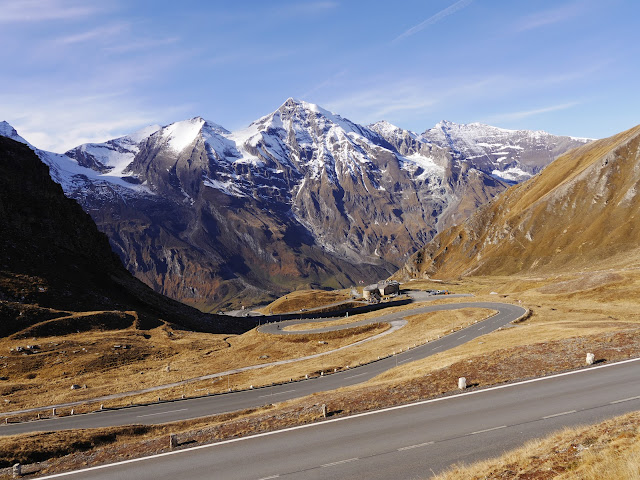

















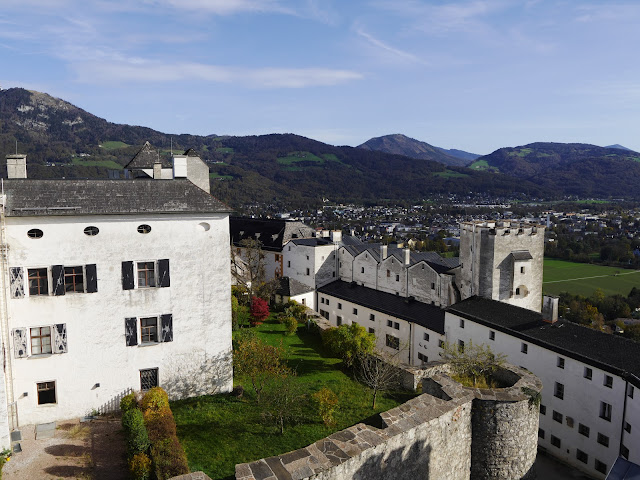
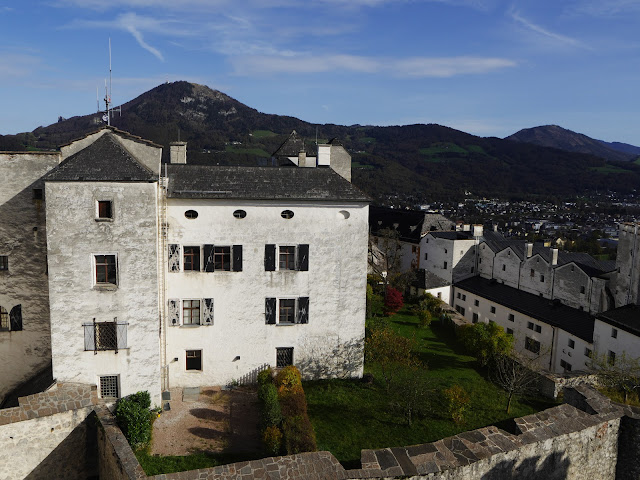
























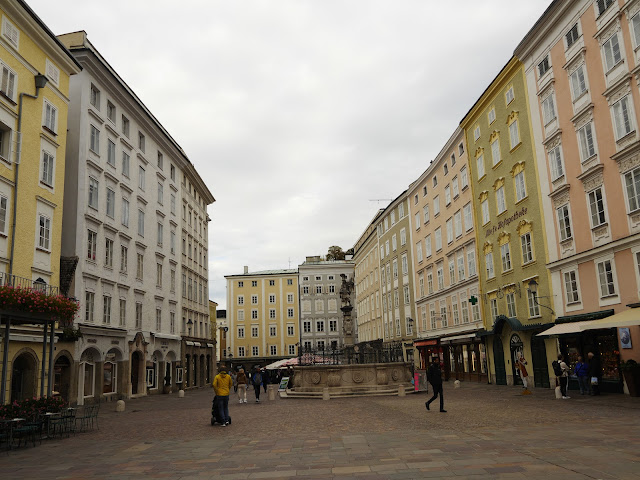
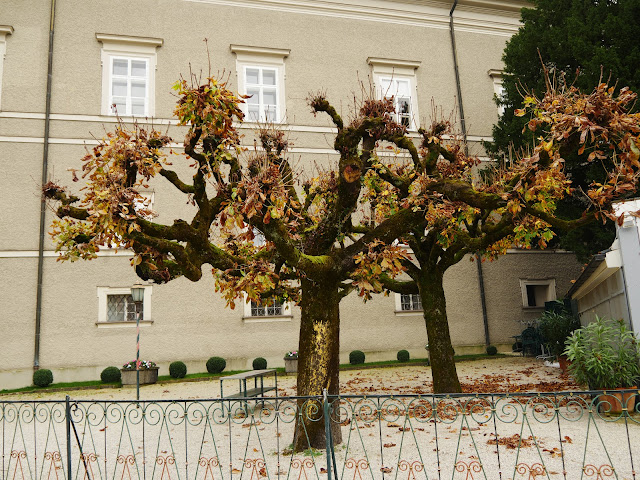





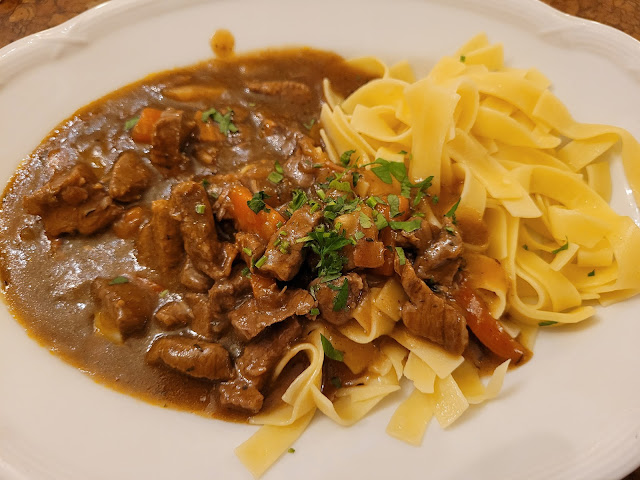













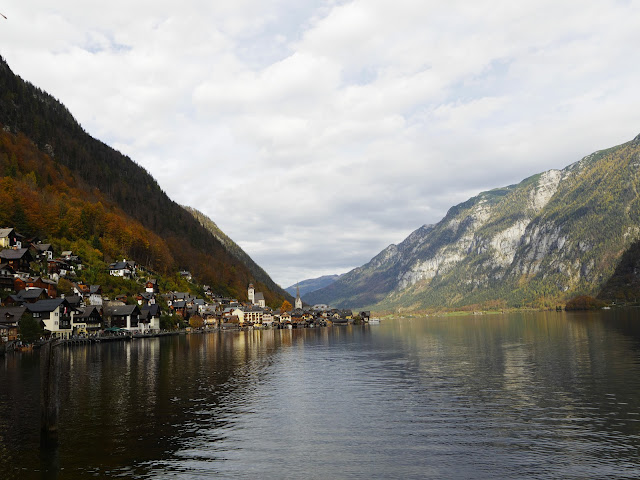





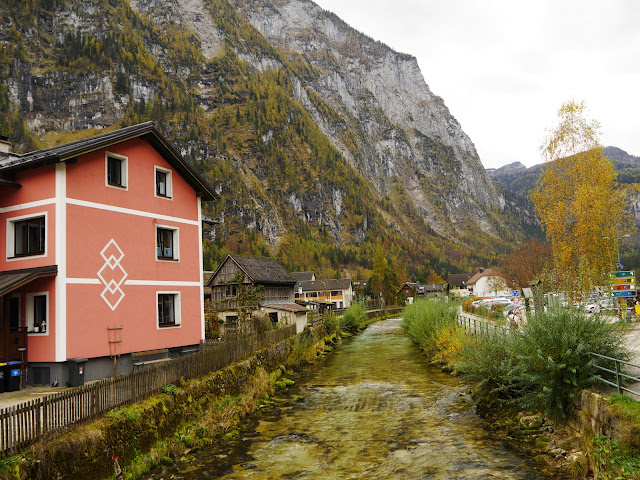

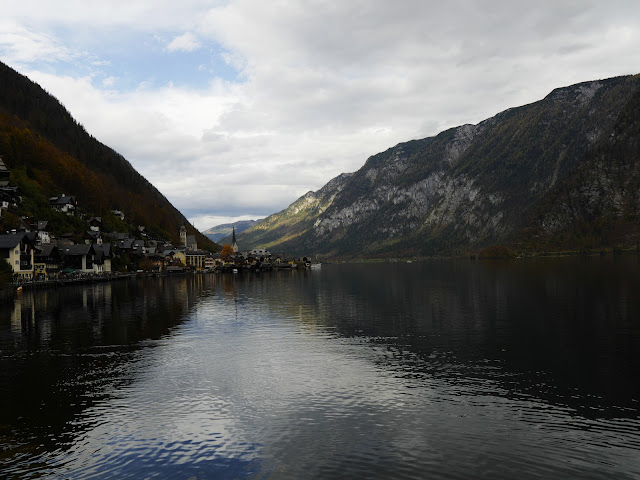
























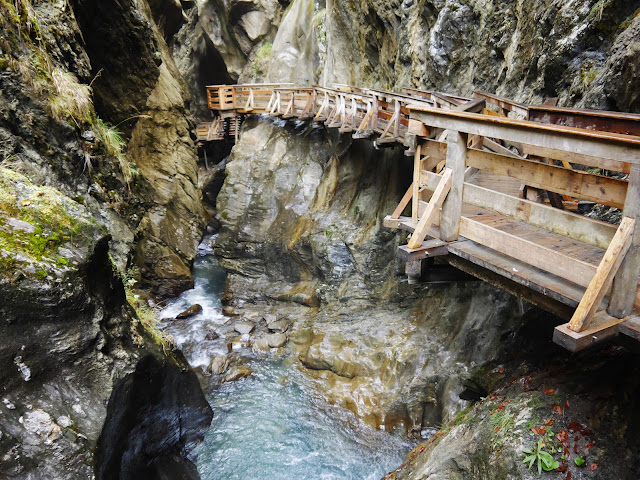


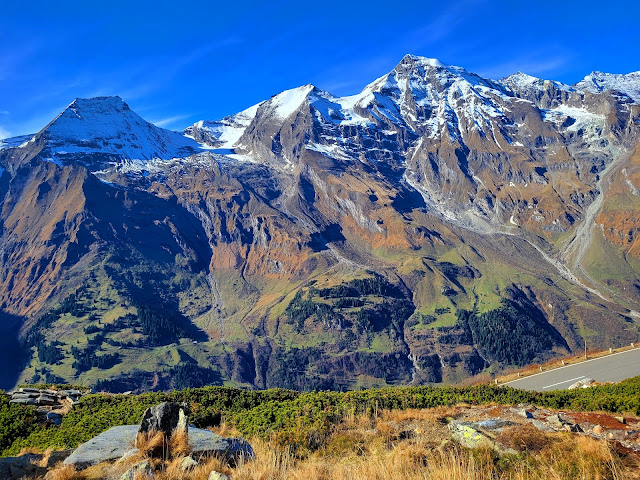

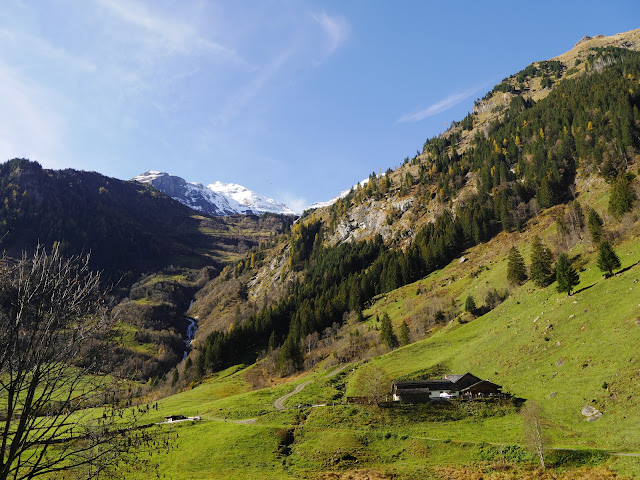























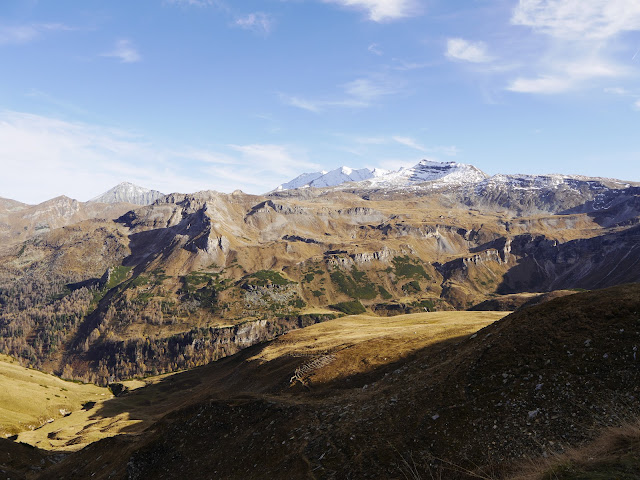


















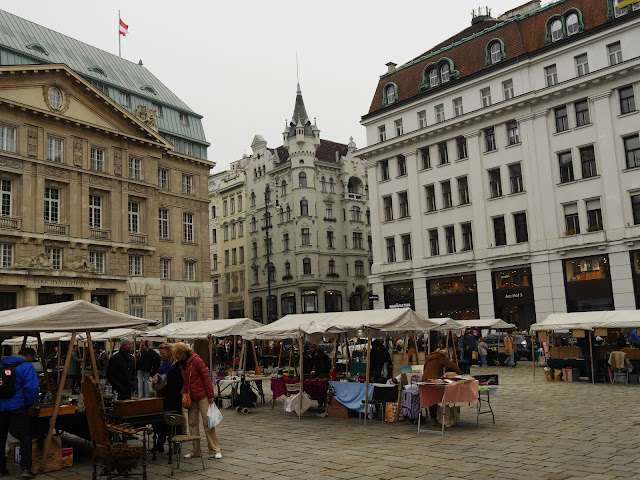




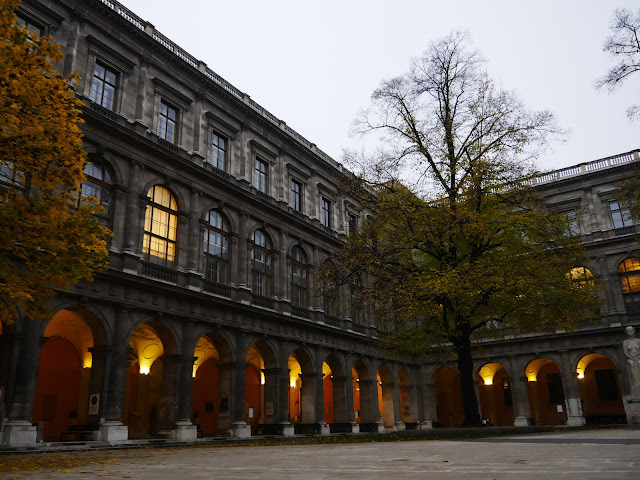












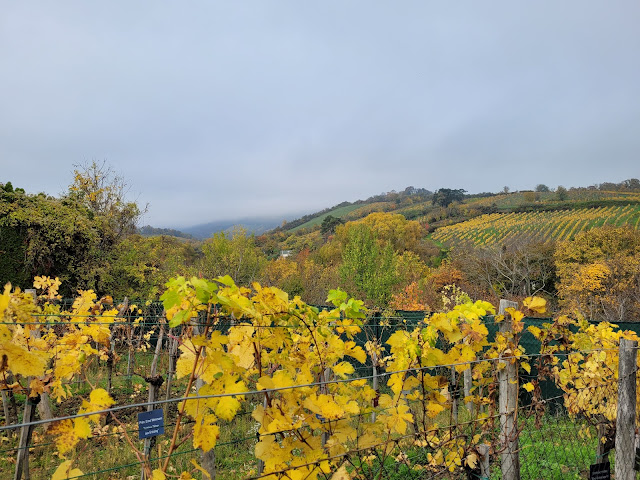



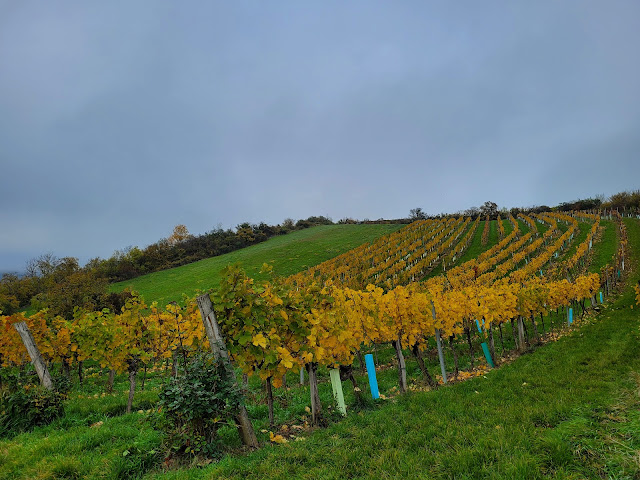
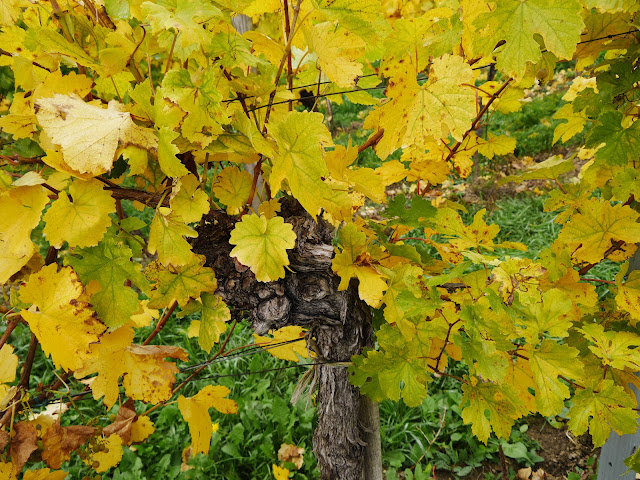





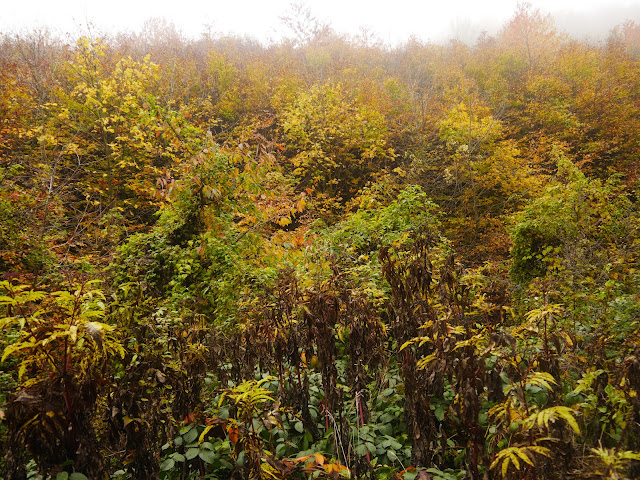



















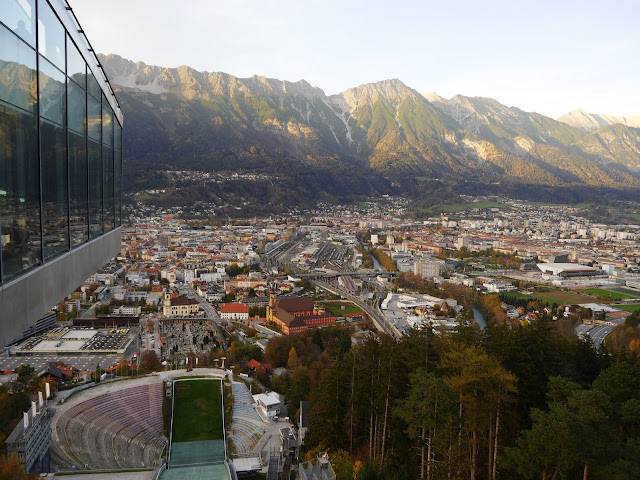













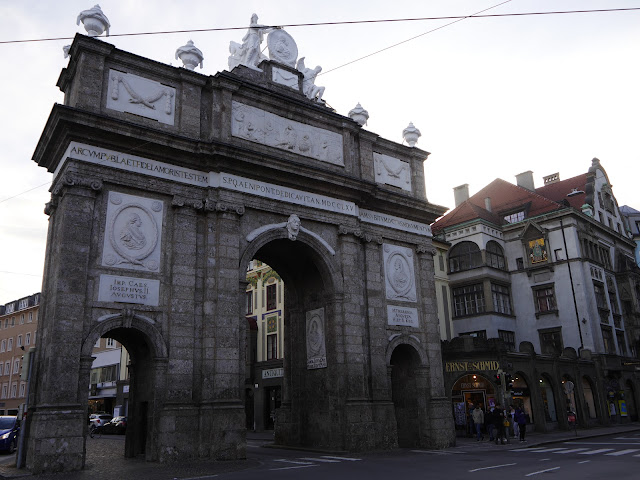






























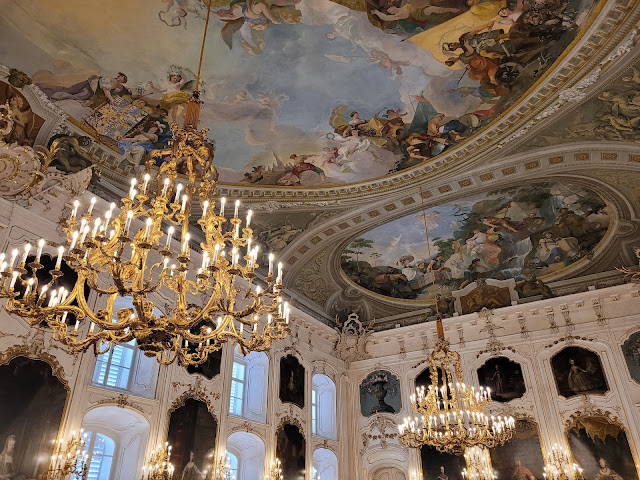






















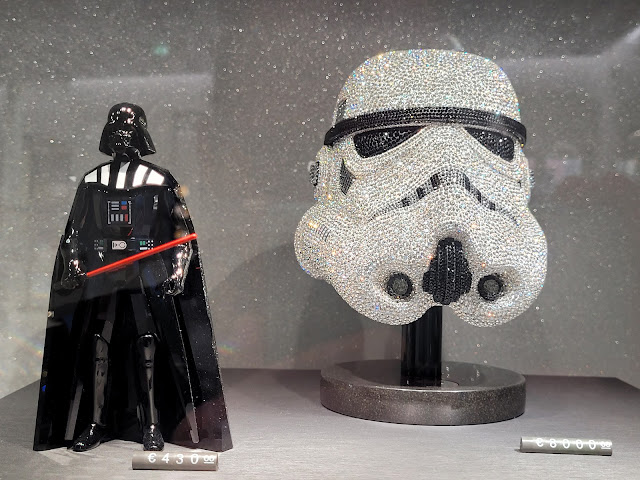



Comments
Post a Comment